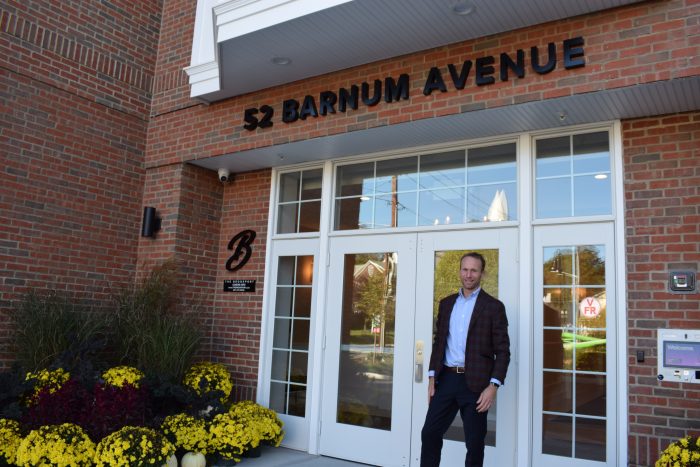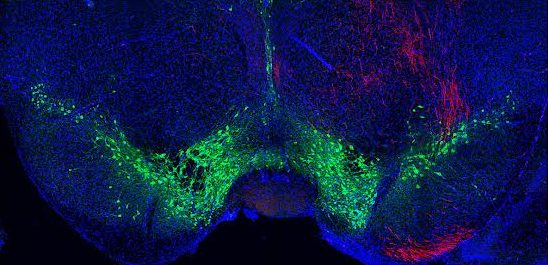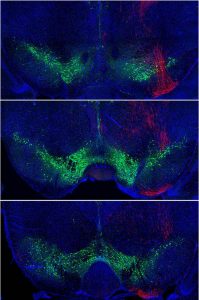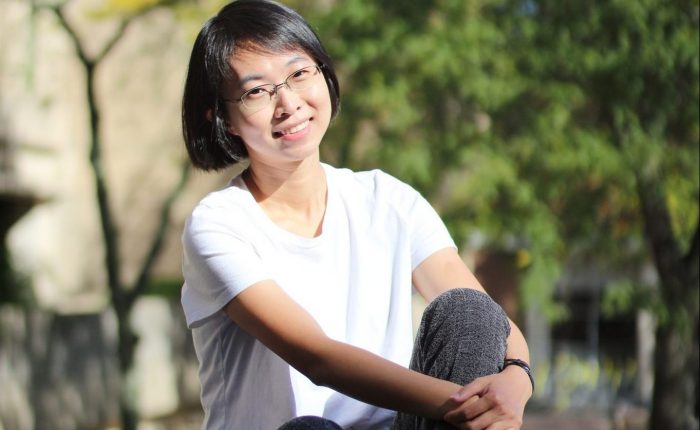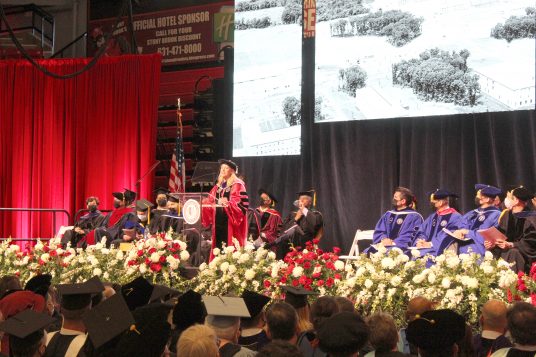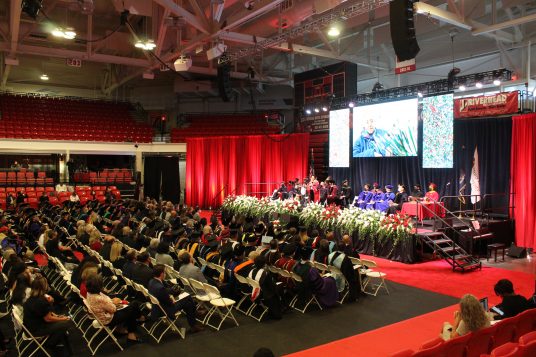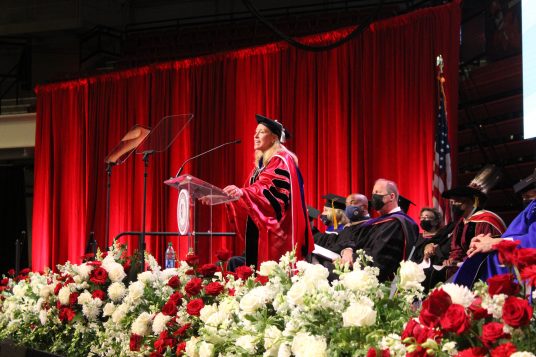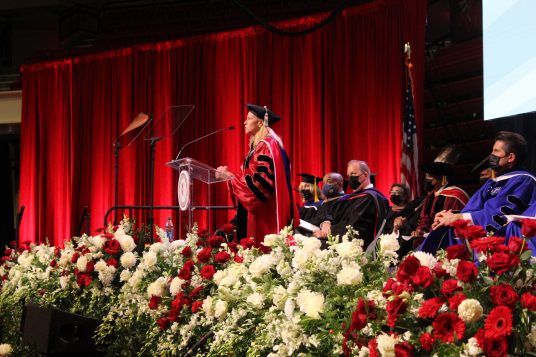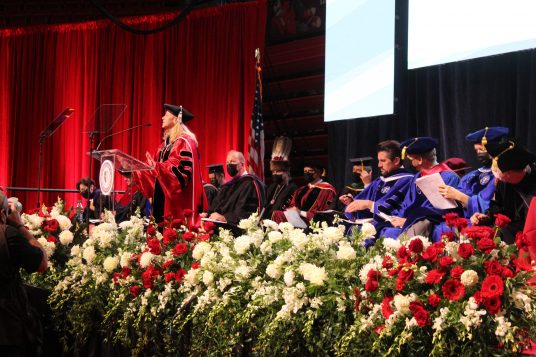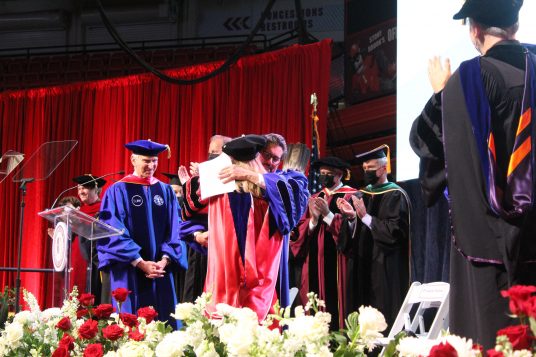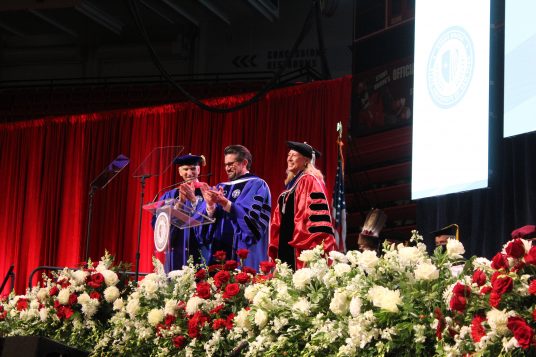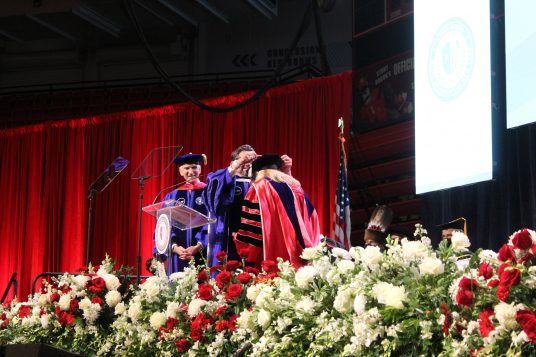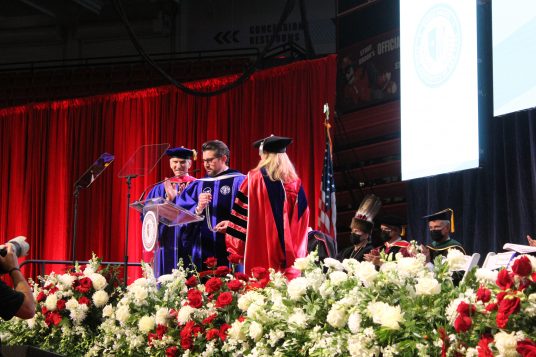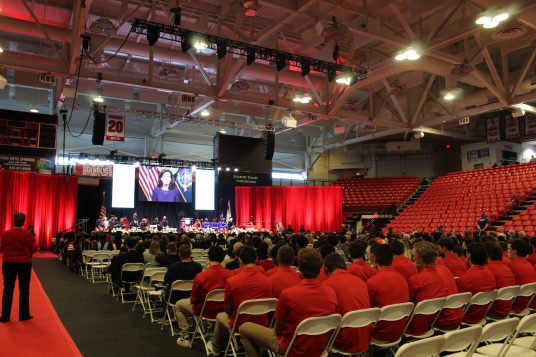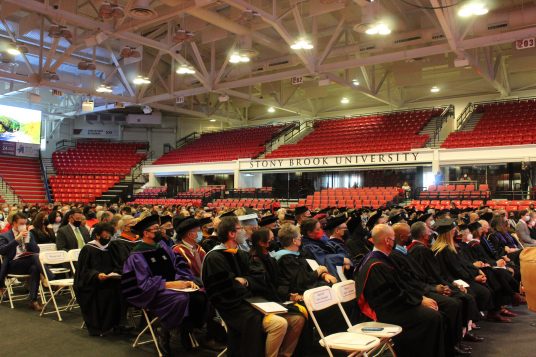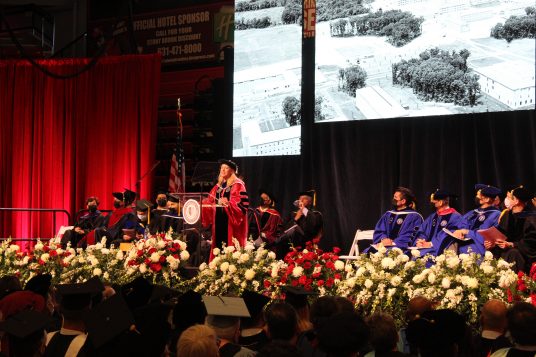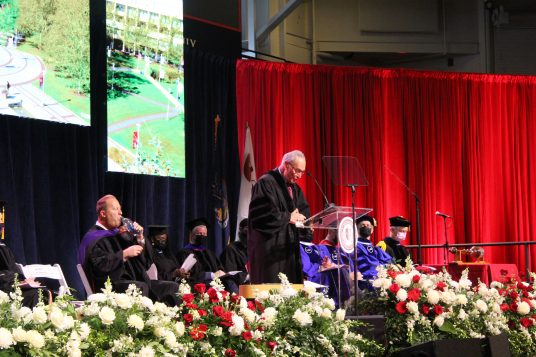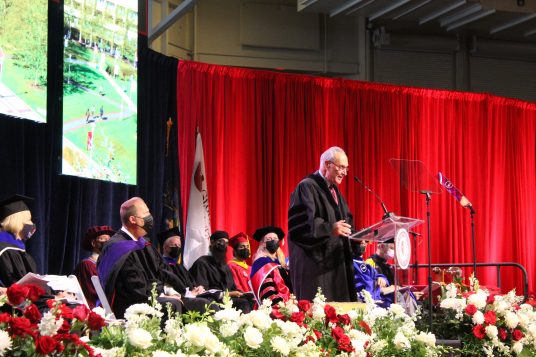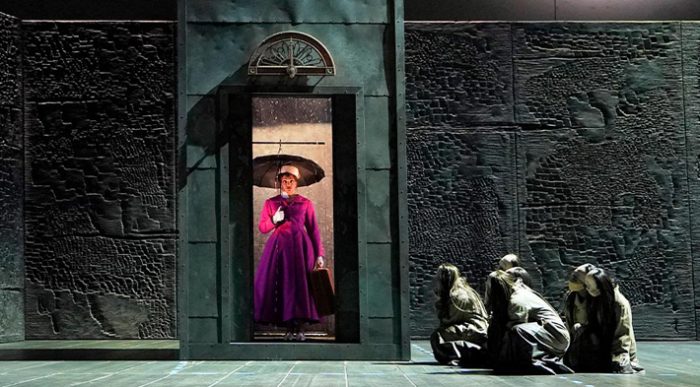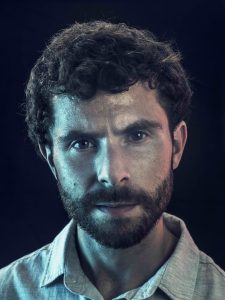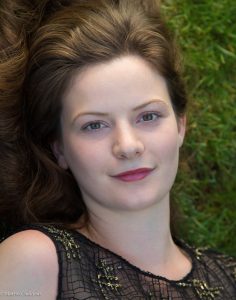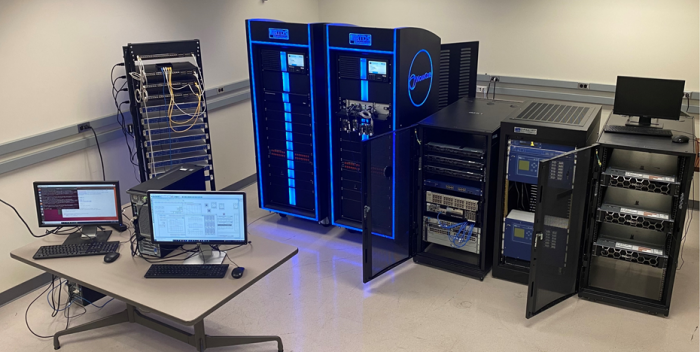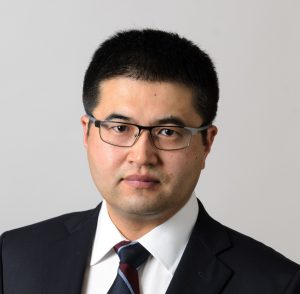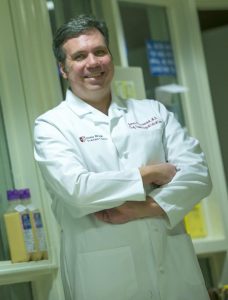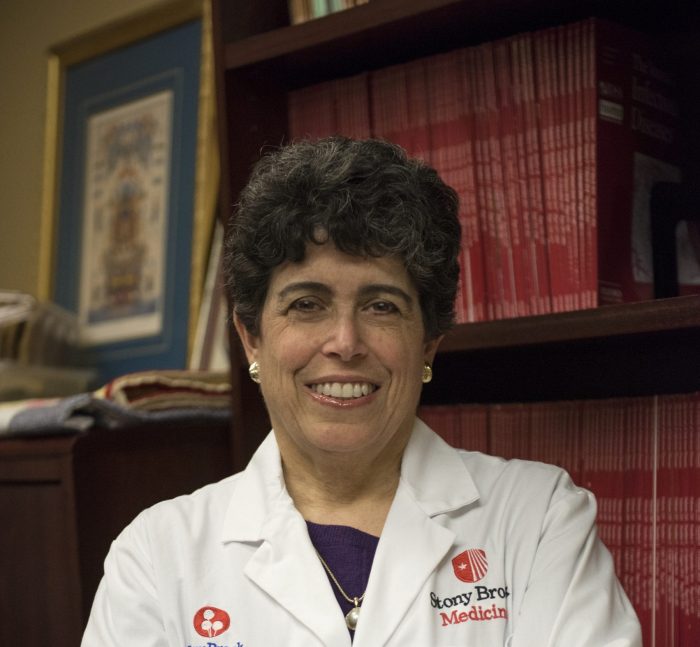With the revitalization of Upper Port along with the changes downtown, people are choosing to downsize in Port Jefferson or start up their lives in the new Port Jefferson apartments.
Rob Gitto, vice president of The Gitto Group, said that his sites — and other places developed by Tritec Real Estate (The Shipyard), Conifer Realty (Port Jefferson Crossing) and The Northwind Group (Overbay) — are here to help people.
“That’s one of the big things,” he said. “That we’re trying to keep people here instead of moving off of Long Island.”
The Gitto Group currently has three locations between Upper and Lower Port: The Hills at Port Jefferson, The Barnum House and the recent The Brookport.
In September, The Brookport officially opened at 52 Barnum Ave. — the former Cappy’s Carpets — featuring 44 apartments that were 100% leased. The building is mixed-use and will soon be home to Southdown Coffee on the lower level.
“By having these walkable apartment complexes, we’re helping the stores and the restaurants by bringing more people into the village without a strain on the parking,” Gitto said. “To me, that seems like a win-win.”

He said he knows the concern about parking, but his buildings — and those of other developers — have created their own spaces on premise that don’t interfere with the traffic within the village. In fact, he said, he knows many of his tenants are taking advantage of all Port Jeff village has to offer.
“I know that I have at least two tenants here that are taking tennis lessons at the country club,” he said. “They’ve already been here a couple months and are trying to become part of the community.”
Many of those tenants — across all three of his locations — either chose Port Jefferson to establish their roots or had a home in the area and decided to stay but downsize as empty nesters.
“I can’t tell you how many tenants we’ve had, especially in The Barnum House, that moved here with a significant other or met someone while they were here, got married and had a child or children,” he said. “As they got older, they grew out of the apartment, but they fell in love with the community and became part of the community, so they ended up buying a condo, a townhouse or a home here.”
Gitto said they are filling a need that was never met in the community — giving people the opportunity to start up or slow down.
The Barnum House, which opened 20 years ago this year, still has tenants who moved in originally in August 2001. A mixed building, he said many are young working professionals but quite a few empty nesters as well.
“You’re checking a lot of boxes,” he said. “It’s easy living.”
A benefit his older tenants mention often is that they don’t have to worry about upkeep — if an appliance breaks or there’s an issue, they don’t have to worry about fixing it. They don’t have to landscape outside, and they are creating a home base for snowbirds who split their time between here and the South.
The Hills at Port Jefferson, however, has some more turnover, Gitto said, due to the type of clientele the apartments attract.
Located in Upper Port, the Hills was one of the first projects as part of Port Jefferson’s master plan.
“I do see there being a nice community uptown,” he said. “That connection to Stony Brook University and the two hospitals right there, there’s no reason why that can’t be a secondary community.”
And in that 74-unit building, Gitto said the majority of tenants are young, working professionals — many of whom work at Mather Hospital, Northwell Health, St. Charles Hospital and Stony Brook University — a 10-minute train ride from the LIRR station across the street to campus.
That being said, Gitto noted that “a couple of units will turnover” because of the residency programs at these places.
“I would say 80 to 85% of the people that live there are affiliated with Stony Brook,” he said.
A fourth project with The Gitto Group is currently underway on the corner of Main Street and North Country Road, where the PJ Lobster House used to stand before relocating. Gitto said that building will be smaller — roughly 36 to 38 units — and planning should be finalized by March.
Gitto mentioned that there is often concern or comment about the IDA benefits developers receive to build these properties but noted that neighbors need to look at it long term.
“Although our property taxes might be lower to start out, eventually, when the IDA program is over, we’ll be paying a lot more than this property would have ever given in terms of taxes if it had remained a boatyard, or the carpet store that it was,” he said. “It’s important to people to look at the long term — this is really going to help the school districts to have these tax bases being thrown into the mix.”
While he can’t talk about the other developers’ properties, he said that the addition of families and people into the community isn’t causing a strain on the school district at all.
“In the Hills uptown, in the 74 units, I believe we have one child who goes to Comsewogue,” he said.
Overbay
The Overbay apartment complex, which finally opened in September, had been in the process of being built shortly after The Northwind Group purchased the former Islander Boat Center building in 2013 for $1.8 million.
James Tsunis, managing member of Northwind, said that his family was “really excited” to bring a new complex to the village.

“The Northwind Group has been in the family business and we’ve lived in Port Jeff our whole life,” he said. “We were really happy to bring a boutique luxury apartment community here for Port Jefferson.”
Tsunis added that the complex also was planned to bring more positive traffic to the downtown retail shops and restaurants — especially since many struggled throughout the COVID-19 pandemic.
“It’s a win for the village in general,” he said.
Located at 217 W. Broadway, the 54,000-square-foot “nautical style” apartment building consists of 52 rentals, with one-bedroom units ranging between $2,500 to $2,800 and two bedrooms starting at $3,500.
Each apartment features walk-in closets, custom built-ins, zero-entry showers with rain heads, a fireplace and a flat-screen TV. Other amenities include an 800-square-foot common room and a fitness facility.
The complex also contains an office area, concierge service and in-building parking with over 80 parking stalls for residents and their guests.
Leasing, Tsunis said, opened up in fall of last year, and sold out almost immediately.
“There was definitely a high demand for it,” he said. “We get calls about this every day and we have a long list of people waiting to get in here, which is good —it’s good for us and it’s also good for the village, because it means that people want to live here and that’s a very good sign.”
Jake Biro, Overbay’s property manager, said that like the other developments around the village, there is a good mix of different types of people living at Overbay.
“Honestly, it’s really diverse,” he said. “We have people all the way down to the undergrad at 19 or 20 years old to I think our oldest resident is about 94.”
Biro said the proximity to Stony Brook University and the hospitals helps.
“We get a lot of doctors and nurses,” he said. “But then we also have a bunch of empty nesters — people that are taking advantage of the real estate market and selling their houses right now, then renting for a year or two and reassessing.”
“Port Jefferson has been our home and we want our residents to call it their home,” Tsunis said. “We want to help them try to transition that process as hard as possible and as best as possible.”
Tritec and Conifer did not respond to requests for interviews by press time.

